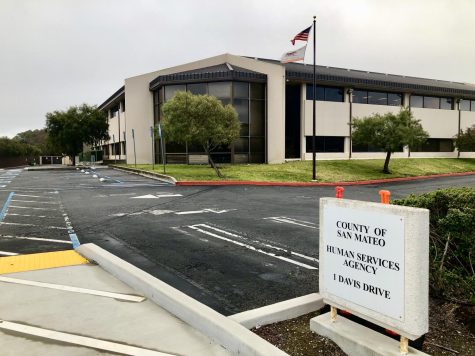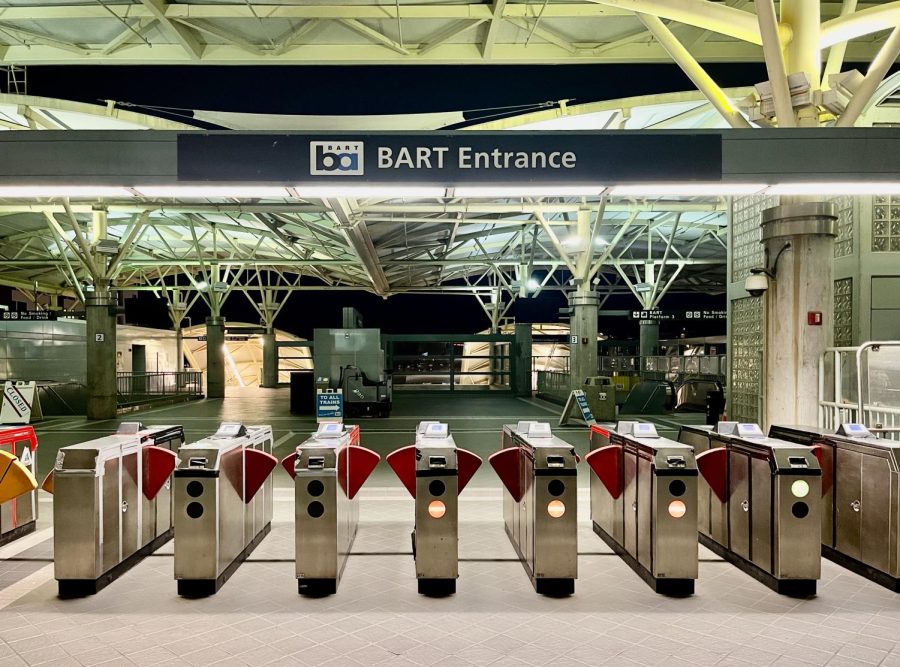Bay Area Rapid Transit (BART) has recently developed its first Homeless Action Plan, which outlines the state of homelessness in the Bay Area, funding for increased outreach, and collaboration with local governments to address the regional crisis.
BART’s Senior Manager of Social Services Partnerships, Daniel Cooperman, began working on the plan in May 2021. His goal was to create a roadmap for how the BART District could confront homelessness.
“This work is unique in a public transit system and results will be dependent on a lot of factors that are outside of BART’s control. That being said, there is a lot of work to still be done to accomplish the goals,” Cooperman said.
The Homeless Action Plan was presented to the BART Board in January 2023.
There are four main strategies that are emphasized in the plan: Expanding BART’s resources, focusing on root causes of homelessness, centering on BART as a regional partner, and addressing regional variation.
Since November 2017, BART has worked with the San Francisco Municipal Railway (MUNI) and the City of San Francisco’s Department of Homelessness to provide two full-time Homeless Outreach Team (HOT) employees in Embarcadero, Montogomery, Powell, and Civic Center stations.
Likewise, in Contra Costa County, Coordinated Outreach, Referral, and Engagement (C.O.R.E), an outreach program that launched on Jan. 1, 2019, has two full-time employees that assist unhoused individuals in BART stations with connecting to resources and shelters in the country. In 2020, the C.O.R.E. team made 714 contacts and coordinated with a variety of services, such as warming centers and healthcare organizations.

For Nicole Boyd, a San Francisco resident and active BART passenger, not many of the impacts caused by the new policies have made it into her experience.
“I haven’t seen anything like the Homeless Outreach Teams up until tonight when I got off the stop. There were three uniformed BART workers who walked by, who might’ve been them,” Boyd said.
In spite of not knowing of the Homeless Action Plan, Boyd worries over the same issues the plan works to address.
“There’s a lot of drug use. Not all the time, but once I was sitting in an empty car at night, and some people came and sat next to me and started using drugs. I didn’t want to smell it, but I didn’t want to get up and make them angry either. The BART teams need more presence on the trains—people even smoke cigarettes. I can smell it in the tunnels,” Boyd said.
However, despite not seeing much action from Homeless Outreach Teams, Boyd has noted significant interference with minimal results from BART police during her trips.
“I’ve seen the BART police jump on trains in Embarcadero and ticket people who don’t have one or give them a stern warning. But I don’t know how that’s going to help when these people are jumping the turnstiles since they don’t have the money to pay. The new teams sound nicer and more gentle, so they could be more helpful,” Boyd said.
Furthermore, as an avid traveler, Boyd has seen how BART police action, especially at the airport, is a lot stricter.
“At the airport, they’re so scary. You get off the train and they ask if you have an airplane ticket because they don’t want homeless people sleeping in the airport. But the homeless are going to do what they’re going to do regardless of the place. If this new team comes in, gets people to a shelter, or helps them get free tickets, they could be helped,” Boyd said.
Calista Savoy is a senior who has been on the BART a few times in the past, though her brother is a regular passenger. Savoy has not heard of the Homeless Action Plan but believes that it is a step in the right direction when it comes to the homelessness crisis.
“A lot of the time homeless people can congregate inside the train and live there, so I think it’s important that BART is reaching out to the government to implement the plan because I know that places they travel to, like San Francisco, are areas with a lot of homelessness. People need to be moved to a more sustainable housing unit because public transit can be dangerous and isn’t a stable place for shelter,” Savoy said.
Savoy’s concern is reflected in the plan’s many goals. According to their Homeless Action Plan, BART has made a commitment to building affordable housing as part of the Transit-Oriented Development plan and developing more homeless-dedicated housing to take care of the needs of unhoused riders in collaboration with regional homeless systems.
“Future plans revolve around hitting the goals and main tenets of the plan. BART is looking to seek the overall ridership experience and the work included in the plan is a big part of that. Overall, the reaction has been positive, but there are definitely people who are surprised that a transit agency would have a homeless action plan,” Cooperman said.
In the conclusion of its plan, BART acknowledges the scale of the situation and knows that success is only possible if its efforts harmonize with the Bay Area’s general efforts to end homelessness.
“BART is a transit agency, but due to the nature of the environment in the Bay Area, we are coming to the table to try and partner up to see how we can help the region address this crisis,” Cooperman said.
*In accordance with Carlmont’s anonymous sourcing policy, the used name is fictional.
































